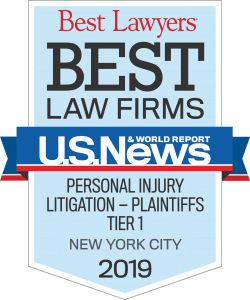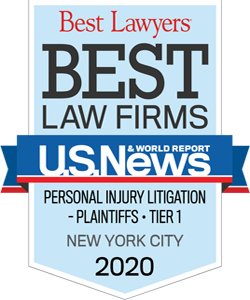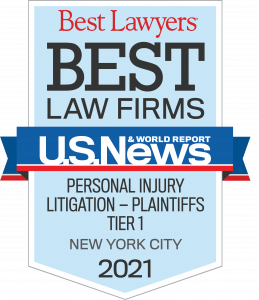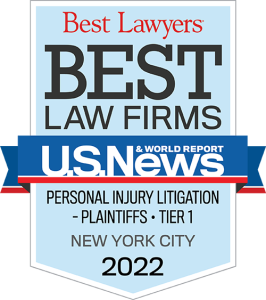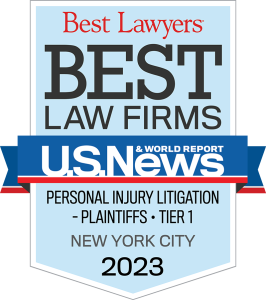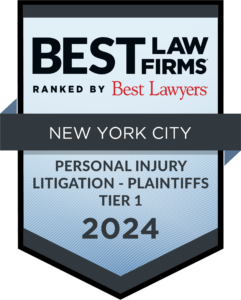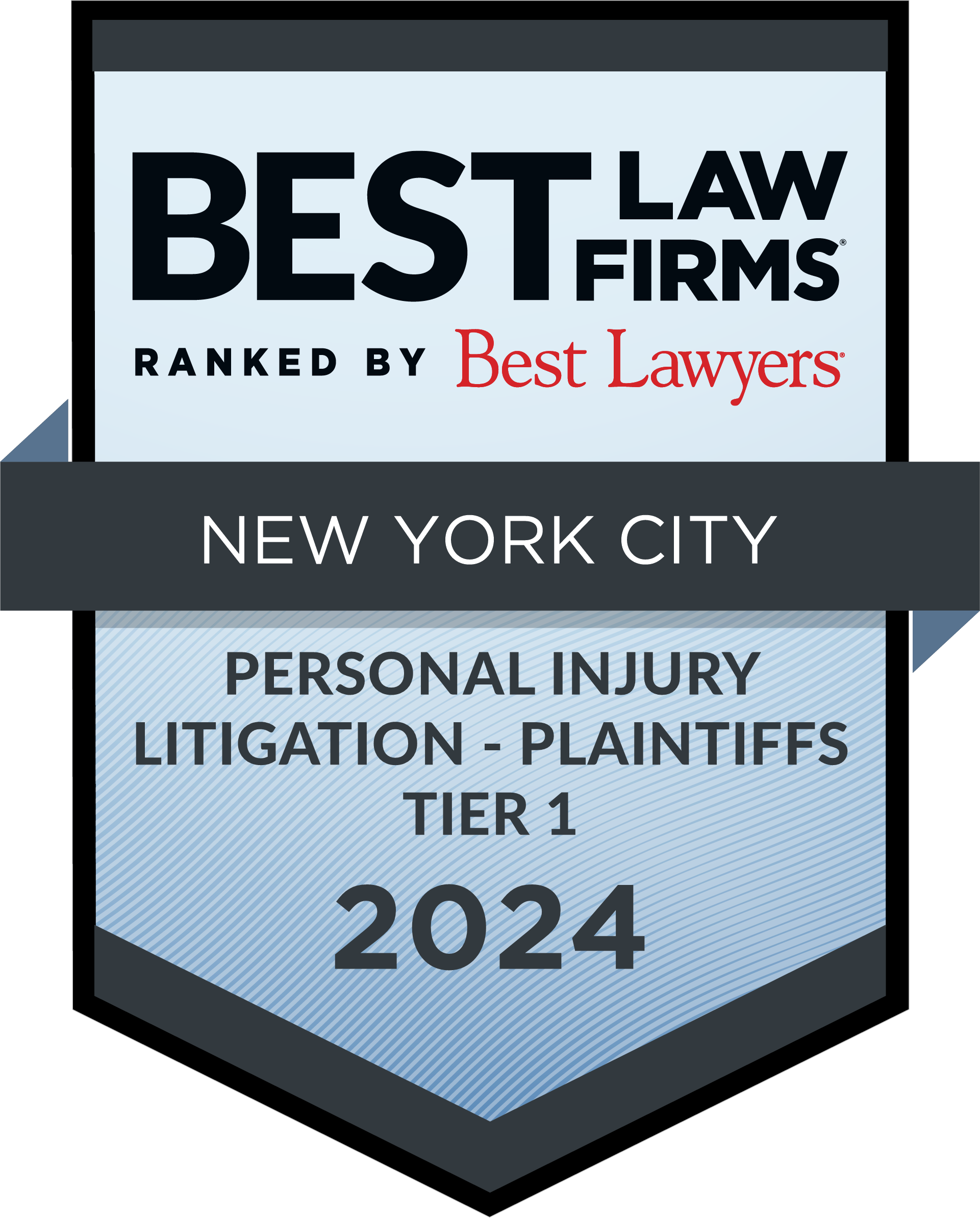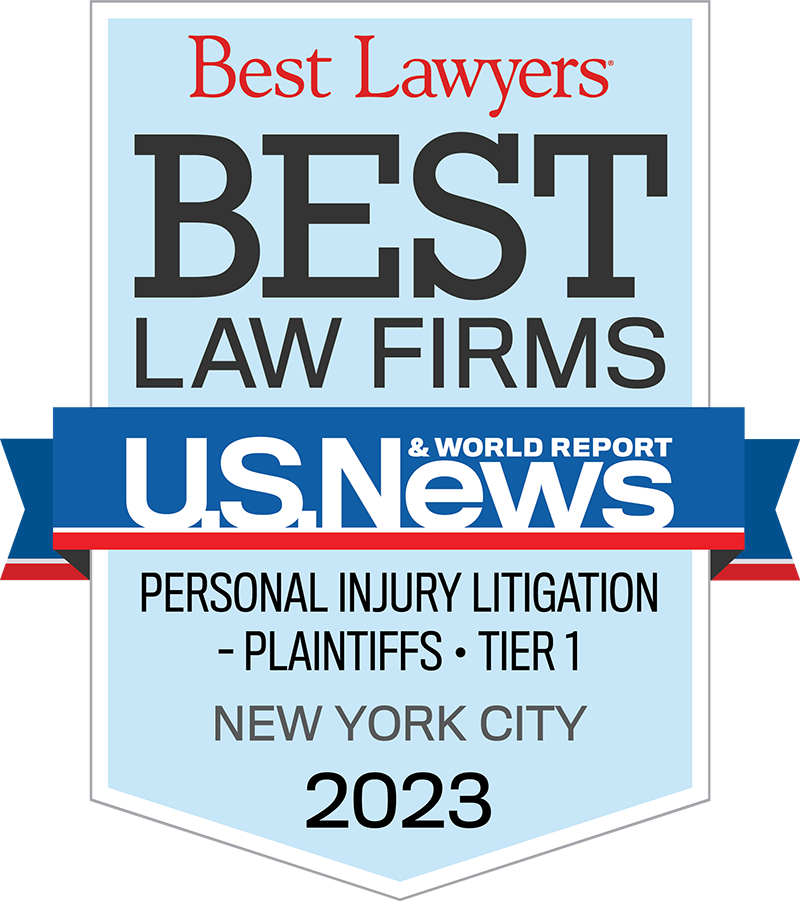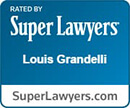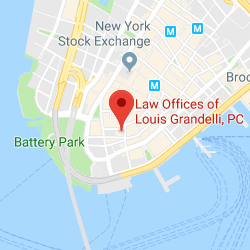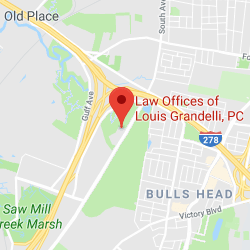It has long been the law in New York City that if your vehicle is rear-ended by another car, there is a prima facie case of negligence against that vehicle for causing the accident. In other words, the accident is the fault of the car that hit you from behind. This is true whether your vehicle was moving or stopped at the time of impact. This concept has its roots in Vehicle and Traffic Law §1129, which mandates that the driver of a motor vehicle shall not follow another vehicle more closely than is reasonable and prudent, having due regard for the speed of such vehicle and the traffic upon and condition of the highway. Often, attorneys can ask the Court to determine that, as a matter of law, the accident was the fault of the car that hit you from behind, limiting the issues in your case to what your injuries and damages are
The offending vehicle has a tough burden to try to rebut the inference of negligence against it. In fact, the only way that the offending driver can escape liability is to rebut the inference of negligence by providing a non-negligent excuse for the collision. Because a driver has a duty to remain a safe distance back from the car in front of him and to drive at a reasonably safe speed, rarely do the courts in New York City accept the excuses of drivers who hit other cars in the rear. The most common excuses are, “The car in front of me stopped short,” “I didn’t see the brake lights on the car in front of me so I didn’t know to stop, even though we were in slow traffic,” and “I slipped on ice.” These excuses are not generally accepted by the Courts as a basis to escape responsibility for hitting another vehicle in the rear without other extenuating circumstances. Mere conclusory allegations on the part of offending driver are insufficient to rebut the inference of negligence against him.
However, last month, the State Supreme Court in New York County departed from the long standing general principals for liability in a rear-end collision, and denied a plaintiff’s motion to determine as a matter of law that a car that hit her from behind was solely responsible for the accident. In the case Gonzalez-Santos v. Diaz, et ano., the plaintiff was injured when her vehicle was struck from behind by a vehicle owned by the defendant, Diaz. The driver of Diaz’s vehicle side-swiped three parked cars before colliding with the rear of the plaintiff’s vehicle and then fled the scene of the accident. At the time of the accident, Ms. Gonzalez-Santos was stopped on 51st Street, approximately 200 feet west of 10th Avenue waiting for a parking spot.
Although the Judge acknowledged that it is “common practice in Manhattan to pull over, double park and wait for a parking spot to open up…” she was compelled to follow an appellate court decision, White v. Diaz, in which the Court ruled that “a reasonable jury could find that a rear-end collision is a reasonably foreseeable consequence of double parking for five minutes on a busy Manhattan street…” and held that the determination of negligence for causing the accident must be left for the jury. Incredibly, the Judge admitted that she was abiding by the holding in White v. Diaz, even though in other much more extreme cases, such as one where plaintiff who was hit in the rear because she stopped short when a bee flew into her car and frightened her would be entitled to summary judgment on liability.
If you have been involved in a rear-end car accident, please contact our office.

